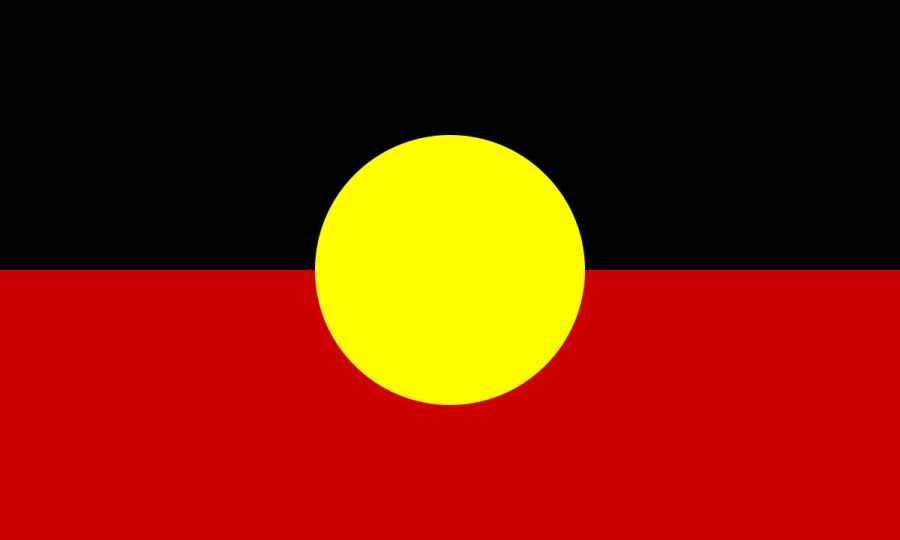Francesca Merlan's latest book explores the lives of Aborigines in the small regional town of Katherine in Australia's Northern Territory. It combines ethnography and anthropological theory, grappling with issues surrounding the debate about the authenticity of contemporary cultural activity: specifically, changing notions of personal and group attachment to "country."
The text has three major aspects that, while thought provoking and at times controversial, are poorly integrated. The first concerns the rainbow serpent, a Dreaming entity, and the desecration of one of its multitude of sacred dwelling places. Katherine Aborigines tell a poignant story of how a physical manifestation of this totem -- a baby serpent -- was removed by whites from its dwelling place in a cave, dashed upon the ground, and thrown on the town's rubbish heap.
The second is a discussion of continuity and change in Arnhem Land society and culture, and Merlan draws heavily on the theoretical work of Michael Taussig on mimesis and alterity. She argues that the shift in government policy towards Aborigines from one of assimilation to self-determination, from the imposition upon Aborigines of alien values to seeking to elicit from them fixed ideas concerning "tradition," has engendered imitation or mimesis on the part of the present generation: representations of Aborigines made most powerfully by non-Aborigines have come to affect who and what Aborigines consider themselves to be.
In the third, Merlan provides a critique of the practice of applied anthropology in Australia, stressing that while anthropology is a science, its practitioners need to tread carefully when and if engaging in advocacy -- lest they compromise their objectivity and scientific detachment.
The real subject of this book is not mimesis at all, but rather the politics of cultural survival: how a dominating society dictates the cultural survival of indigenous peoples by selectively supporting or denigrating certain cultural practices and beliefs. For example in Australia, money is plentiful for the promotion of Aboriginal "culture" -- if culture is defined as an amalgam of customs and traditions like art forms or languages -- but is in short supply if culture is defined as an open-ended communication system based on a sacred attachment to land. One need only peruse a copy of the debates over the way states such as the US or France are dictating the conditions under which they will or will not approve the various articles of the Draft Declaration on the Rights of Indigenous Peoples. Self-determination, for instance, or the recognition of the sovereign and ancestral rights of indigenous peoples, has all but been expunged from the agenda.
In countries such as Australia or Canada, indigenous people are regularly required to show evidence of their traditions and a continuity with the past in order to claim benefits from the state. They must be able to demonstrate that their culture has survived -- and under such circumstances will often give an essentialist notion of their traditions -- while at the same time constructing a modern identity for themselves through their interactions with outsiders. This is not necessarily mimesis, as defined by Taussig, but rather strategic decision making, in the face of few realistic options. The maintenance of difference remains a high priority for indigenous people in emerging pluriethnic states such as Australia, and it is a pity that Merlan did not examine this angle in more detail.
Caging the Rainbow does not live up to its promise. Why was the Katherine serpent caged? What do Katherine Aborigines mean when they say, often without emotion, that one of their chief religious entities lies on the town rubbish heap? The most obvious answer is that it is a statement of Aboriginal dispossession and destitution in the face of white settlement. Their spiritual and political power base -- signified by the serpent totemic being -- is of no consequence in the white world. But Aborigines rarely provide such information. It is the role of the ethnographer to tease out these details. The first three chapters of the book set the scene magnificently: the reader anticipates a profound answer to this heart wrenching question, but is disappointed. Such a book is still to be written.
Article copyright Cultural Survival, Inc.

